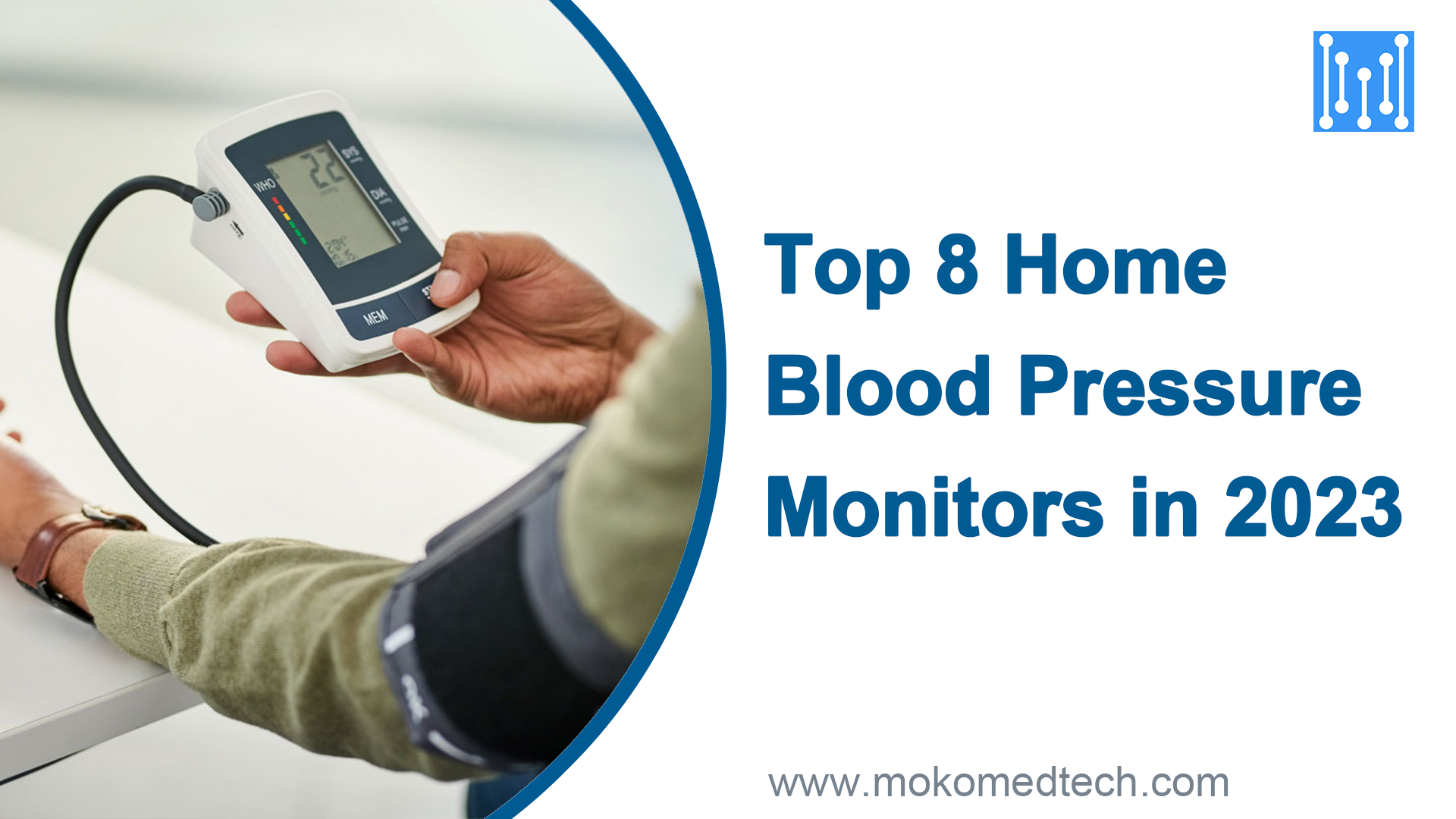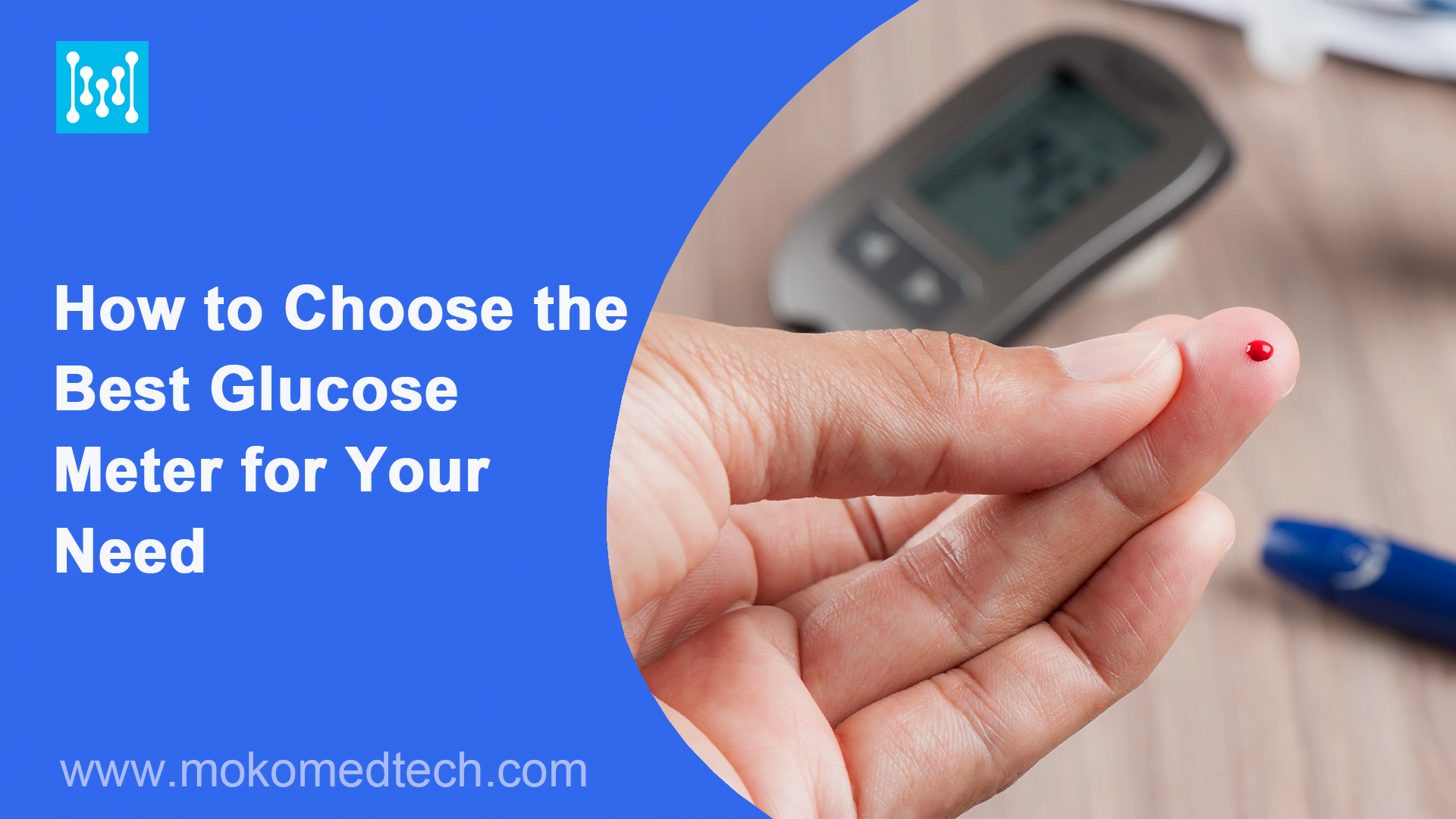INTRODUCTION
Since 2016, a growing number of startups are using technologies to develop products and services dedicated to improving women’s health. That is a new marketplace known as FemTech, which was first introduced by the industry in 2016 and has gained a lot of attention. This article will explain “What is FemTech” from several aspects: The definition and history of Femtech; Impact of FemTech on women’s health and wellness; Intersectionality of gender, race, and sexuality and FemTech; Ethical considerations in FemTech development and implementation; The future opportunities and challenges of Femtech.
A. Definition of FemTech
FemTech is a combination of the words “female” and “technology”. The term was coined in 2016 by Ida Tin, CEO of the menstrual tracking app Clue, in an interview. It refers to technology-based products, services, and platforms that are designed to cater specifically to women’s health and wellness needs. It emerged as a response to inadequate medical and technological solutions for women’s health concerns. Since then, FemTech has flourished and grown in the health industry. According to Pitchbook, femtech companies raised $592 million in funding in 2019 alone. The industry is expected to continue growing as more women seek out technology solutions for their health and well-being needs.
B. History of FemTech
The history of Femtech dates back to the late 19th century when women began advocating for better reproductive health care. However, it was not until the mid-20th century that technology started playing a significant role in women’s health.
In the 1950s, the birth control pill was introduced, which revolutionized women’s reproductive health. The pill enabled women to control their fertility and plan their lives accordingly. The pill was followed by other reproductive technologies, including intrauterine devices (IUDs), hormonal implants, and other forms of contraceptives.
In the 1970s, the women’s health movement gained momentum. Women started advocating for more comprehensive health care, including better access to reproductive health services. As a result, organizations such as Planned Parenthood and the National Organization for Women (NOW) were established to support women’s health issues.
In the 1980s and 1990s, technology continued to play a significant role in women’s health, with the introduction of mammography screening for breast cancer, ultrasound imaging for pregnancy monitoring, and other diagnostic tools. These advancements in technology led to better health outcomes for women.
In the early 2000s, the term “Femtech” was coined, and the industry started to gain traction. The first Femtech companies focused primarily on reproductive health, including fertility tracking apps, menstrual tracking apps, and other digital tools for women.
Today, Femtech has evolved to include a wide range of technologies that address various aspects of women’s health, including menopause, sexual health, mental health, and more. Femtech companies are now at the forefront of innovation, leveraging technology to create solutions that empower women to take control of their health and well-being. (Learn more about what pain points FemTech addresses for women’s health)
C. Examples of FemTech Products and Services
Here are some examples of FemTech products and services that address women’s health and wellness needs.
Beauty Devices
Beauty devices are a popular product category within the FemTech industry. They use advanced technologies to improve the appearance and health of the skin, hair, and body. Facial cleansing brushes deep-cleanse the skin, hair removal devices use intense pulsed light or laser technology to reduce hair growth, anti-aging tools stimulate collagen production, and body sculpting devices use radio frequency, ultrasound, or vacuum-assisted massage to target stubborn areas of fat. Beauty devices provide effective, non-invasive solutions for a range of beauty concerns, making them a valuable part of the FemTech industry.

Menstrual tracking apps
Menstrual tracking apps are a type of femtech technology that allows women to monitor their menstrual cycle, track symptoms, and predict their period dates. These apps typically require users to input information such as the start and end dates of their period, any symptoms experienced, and other related data such as sexual activity and contraceptive use. Some apps also offer additional features such as personalized insights and reminders for medication or doctor appointments. The data collected by these apps can be used to identify patterns in menstrual cycles and provide insights into reproductive health. Menstrual tracking apps have become increasingly popular in recent years as more women seek to take control of their reproductive health and improve their overall well-being.

Pregnancy and fertility trackers
Similar to menstrual tracking apps, pregnancy and fertility trackers are also a type of femtech technology designed to help women manage their reproductive health. These apps provide users with tools to track ovulation, fertility windows, and pregnancy progress. They typically require users to input data such as menstrual cycle length, basal body temperature, cervical mucus consistency, and other related information. The data is then used to predict ovulation and fertility windows, which can help couples trying to conceive. Pregnancy trackers allow women to monitor their pregnancy progress, receive personalized advice, and track the development of their babies. Some pregnancy and fertility trackers also offer features such as medication reminders, nutritional advice, and access to healthcare professionals. By providing women with accurate and personalized insights into their reproductive health, these apps can help women make informed decisions about their fertility and pregnancy.

Breastfeeding devices
Breastfeeding devices are a type of femtech technology that can help women in several ways, particularly with their postpartum health. These devices include breast pumps, nursing bras, nipple shields, and milk storage bags, among others. Such devices include hand-held manual or electric breast pumps as well as wearable breast pumps. They can help mothers to breastfeed their babies more efficiently and comfortably. There are other benefits like better milk expression and better tracking of milk production. Mothers can know how to feed their babies more scientifically.

Pelvic floor strengthening devices
Pelvic floor strengthening devices are designed to help women improve the strength, tone, and flexibility of their pelvic floor muscles, which can provide a number of benefits for women’s health. For example: Improve muscle tone and reduce the frequency and severity of urinary incontinence; Improve sexual function; Help postpartum recovery; Reduce pelvic pain and discomfort; Prevent prolapse of pelvic organs like the uterus or bladder. For the above aspects, pelvic floor strengthening devices can be a useful tool.
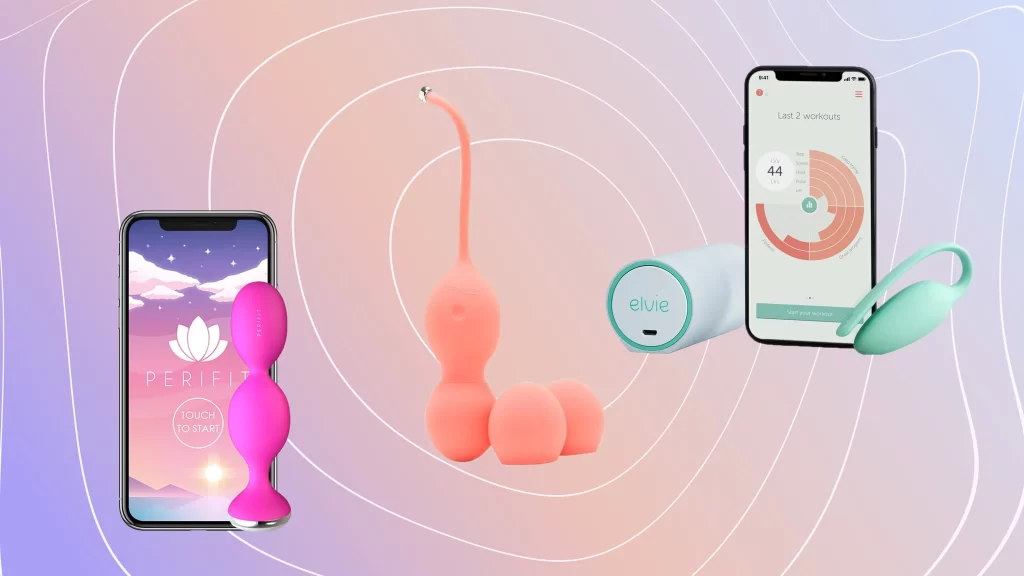
Telemedicine services
These services allow women to access healthcare remotely, which is especially important for women living in rural areas or with limited access to healthcare. Telemedicine services can also increase convenience for women, allowing them to receive care in the comfort of their own homes. And it can also be used for follow-up appointments, allowing healthcare providers to monitor a woman’s reproductive health and adjust treatment plans as needed.

Health tracking wearables
These wearables, such as fitness trackers and smartwatches, can help women track their fitness and health goals. Some wearable devices can monitor users’ menstrual cycles, including symptoms, ovulation, and fertility. There are also other usages like improving sleep, monitoring heart rate and stress levels, and detecting health issues. Overall, health-tracking wearables can provide women with valuable insights into their health and help them make informed decisions about their well-being.

Sexual wellness products
These products include everything from sex toys to apps that help women track their sexual health.
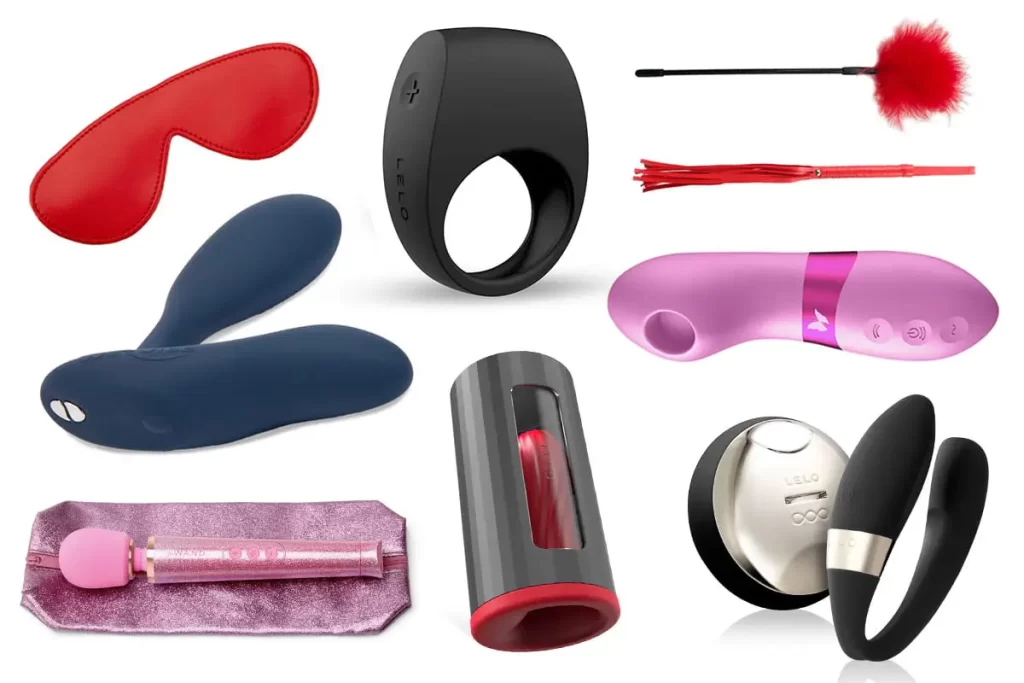
Period products
These products include menstrual cups, tampons, and pads. Recently, there has been a rise in sustainable period products, such as reusable menstrual cups and period underwear.
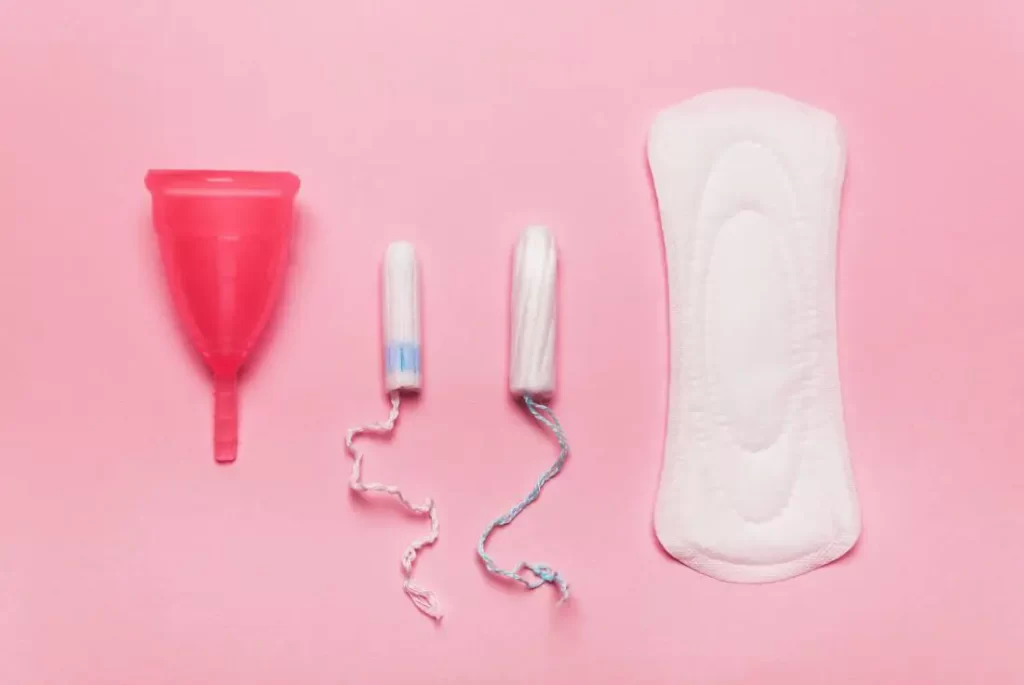
Menopause support products
Women will experience several physical and emotional changes during the menopause period. Menopause support products are designed to help women manage these changes and alleviate the symptoms associated with menopause. Some of the common symptoms of menopause include hot flashes, night sweats, mood swings, vaginal dryness, and reduced libido. These products can help alleviate these symptoms by addressing the underlying hormonal imbalances that occur during menopause.

Mental health apps
These applications help women manage their mental health and wellness, including technologies and software that improve emotional, psychological, and social well-being. They will affect the way women think, feel and behave. Companies in this category also help identify how women deal with stress, get along with others, make choices, and empowerment solutions.
Overall, FemTech products and services have the potential to improve women’s health and wellness by providing more personalized and accessible care.

Impact of FemTech on Women’s Health and Wellness
The FemTech industry has grown rapidly in recent years, and it has had a significant impact on women’s health and well-being. The impact of women’s technology on women’s health and well-being focuses on improving access to healthcare and education, advances in reproductive health technology, and mental health and well-being.
A. Improved access to healthcare and education
FemTech has contributed to improving access to healthcare and education for women. One way in which FemTech has achieved this is through telemedicine. Telemedicine is the use of technology to provide healthcare services remotely. It has become increasingly popular in the FemTech industry, allowing women to receive healthcare services without having to leave their homes. Telemedicine has been particularly beneficial for women in rural areas who may not have easy access to healthcare services.
Another way in which FemTech has improved access to healthcare and education is through mobile applications. Now many mobile applications are available that provide women with information on various health and wellness topics. These apps provide information on everything from menstrual cycles to menopause, allowing women to learn about their bodies and take control of their health.
B. Advances in reproductive health technology
FemTech has also contributed to advances in reproductive health technology. One of the most significant advances in this area is the development of fertility tracking devices. These devices, such as ovulation trackers and fertility monitors, help women to track their menstrual cycles and identify the most fertile days for conception. This technology has revolutionized the way women plan their families and has given them more control over their reproductive health.
The advent of at-home fertility testing kits allows women to test their fertility levels in the comfort of their own homes, without having to visit a doctor. This technology has helped to demystify fertility testing and has given women more information about their reproductive health.
C. Mental health and well-being
Women’s mental health and well-being are very important. One way in which FemTech has achieved this is through the development of mental health apps. There are now many mental health apps available that provide women with tools and resources to manage their mental health. These apps provide everything from guided meditations to cognitive-behavioral therapy exercises, helping women to manage stress, anxiety, and other mental health conditions.
Wearable technology is another way that FemTech contributed to women’s mental health and well-being.
There are now many wearable devices available that track various health metrics, including sleep, exercise, and heart rate. These devices provide women with information about their bodies and help them to make lifestyle changes that can improve their overall health and well-being.
FemTech and The Intersectionality of Gender, Race, and Sexuality

A. What is Intersectionality?
The FemTech industry has gained popularity in recent years, but there is an important conversation that must be had around the intersectionality of gender, race, and sexuality when it comes to FemTech. Intersectionality is a concept that was introduced by legal scholar Kimberlé Crenshaw in 1989. It recognizes that people have multiple, overlapping identities that can create unique experiences of oppression and privilege. When it comes to FemTech, it is important to understand how gender, race, and sexuality intersect to create different experiences for different groups of women.
B. Intersectionality of Gender, Race, and Sexuality
Gender is the most obvious factor in the development and marketing of FemTech products. Historically, medical research has focused on men, and women have been underrepresented in clinical trials. This has led to a lack of understanding about how different health issues affect women and the development of medical treatments that are not always effective for women. FemTech has the potential to address this issue by developing products and services that are specifically tailored to women’s unique health needs.
However, when we consider the intersection of race and gender, we see that women of color have been even more marginalized in medical research. Studies have shown that racial and ethnic minority women are less likely to receive preventive care and more likely to experience disparities in healthcare access and quality. This means that FemTech products and services may not be as effective or accessible for women of color.
Similarly, sexuality can intersect with gender and race to create unique health experiences. For example, LGBTQ+ women may have different healthcare needs than heterosexual women and may face discrimination when seeking healthcare services. FemTech products and services that do not take these factors into account may not be effective or inclusive for LGBTQ+ women.
C. What have FemTech Companies Done To Deal With These Problems
There are some examples of FemTech products and services that have attempted to address intersectionality. For example, the app Clue allows users to track their menstrual cycle and provides information about how different factors can affect their cycle, including race, ethnicity, and sexual orientation. Another example is the company Maven, which provides telemedicine services for women, including LGBTQ+ women, and has partnered with organizations to provide free services for women of color.
However, there is still a long way to go when it comes to developing inclusive FemTech products and services. Companies must actively seek out input and feedback from diverse groups of women, and ensure that their products and services are accessible and effective for all women, regardless of their gender, race, or sexuality.
In conclusion, FemTech has the potential to revolutionize women’s healthcare, but it is important to consider the intersectionality of gender, race, and sexuality when developing and marketing these products and services. By doing so, we can ensure that FemTech is inclusive and effective for all women.
Ethical Considerations in FemTech Development and Implementation
A. Data privacy and security
- Users’ data privacy and confidentiality should be prioritized.
- User consent and control over their data should be ensured.
- Appropriate data protection measures should be implemented to prevent data breaches.
B. Bias in AI and machine learning algorithms
- Developers should ensure that their algorithms are designed without bias and that they are regularly audited and tested for bias.
- The data used to train AI algorithms should be diverse and representative to avoid perpetuating existing biases.
- Developers should be transparent about how their algorithms work and their limitations.
C. Informed consent and user autonomy
- Users should be fully informed about the data collected and how it will be used before giving their consent.
- Consent should be obtained freely, and users should have the option to withdraw their consent at any time.
- Users should have control over their data, including the ability to delete it if they choose to do so.
The Current Situation and Future of FemTech: Opportunities & Challenges
A. Current Situation of Femtech
The current situation of femtech is one of rapid growth and innovation, with more companies and investors recognizing the need for technology solutions that cater to women’s specific health needs.
Femtech is a rapidly growing industry that focuses on developing technology products and services that address the specific health needs of women. The industry has been growing at a fast pace in recent years, with the global femtech market expected to reach $13.1 billion by 2030, according to a report by Grand View Research.
The COVID-19 pandemic has further accelerated the growth of the femtech industry as more women are turning to telemedicine and digital health solutions to manage their health remotely. The pandemic has also highlighted the existing gender gaps in healthcare, and femtech is being seen as a way to address these gaps.
Femtech products and services are diverse and include menstrual tracking apps, fertility tracking tools, breast pumps, pelvic floor trainers, pregnancy monitoring devices, menopause management solutions, and more. Companies in the femtech space are also focusing on addressing issues related to women’s sexual health, mental health, and general wellness.
Investment in femtech has also been on the rise, with more venture capital funding flowing into the industry. In 2021, femtech startups raised over $2 billion in funding, according to data from PitchBook.

B. Opportunities
Growing demand
There is a growing demand for FemTech products and services, driven by women who are increasingly taking control of their health and seeking solutions that are tailored to their specific needs.
Increased investment
The FemTech industry is attracting significant investment, with venture capitalists and other investors recognizing the potential of this market.
Advancements in technology
Technological advancements such as artificial intelligence, wearables, and digital health platforms are enabling the development of more sophisticated FemTech solutions.
Improved access to healthcare
FemTech can help to improve access to healthcare, especially for underserved populations, by providing remote monitoring and access to information and resources.
C. Challenges
Lack of diversity
The FemTech industry has been criticized for its lack of diversity, both in terms of the products and services being developed and the people involved in the industry.
Limited research
There is limited research on the effectiveness and safety of many FemTech products and services, which can make it difficult for consumers to make informed decisions.
Regulatory challenges
FemTech products and services are subject to regulation, which can create barriers to entry for smaller companies and startups.
Privacy concerns
Many FemTech products and services collect sensitive personal data, which raises privacy and security concerns.
Overall, the future of FemTech looks bright, with a growing market and increasing investment. However, there are several challenges that must be addressed in order for the industry to reach its full potential and ensure that women’s health needs are met in a safe, effective, and equitable manner. Read more about the trends and challenges of FemTech Industry.
Conclusion
In conclusion, FemTech represents a promising field that is rapidly expanding and evolving. From its humble beginnings as a niche market, FemTech has now become a booming industry with significant potential for innovation and growth. The impact of FemTech on women’s health and wellness has been immense, and it has helped to improve access to healthcare, education, and mental health resources for millions of women around the world. Furthermore, the intersectionality of gender, race, and sexuality has played a critical role in shaping the development and implementation of FemTech products and services. However, the field still faces ethical considerations such as data privacy and security, bias in AI and machine learning algorithms, and informed consent and user autonomy.
Despite these challenges, the future of FemTech remains bright. With continued development and advocacy, the industry has the potential to transform the way we think about women’s health and wellness. As researchers and practitioners, we must remain vigilant in addressing the ethical considerations of FemTech and work towards creating inclusive and equitable solutions for all women. In short, FemTech represents a powerful tool in advancing the health and well-being of women, and we must strive to maximize its potential for the betterment of society.
Moko hopes this article has provided valuable insights and perspectives on FemTech industry. As a leading medical device manufacturer, MOKOMEDTECH has manufactured a series of High-quality Femtech devices that safeguard women’s health and improve their quality of life. Reach us for more information>>


